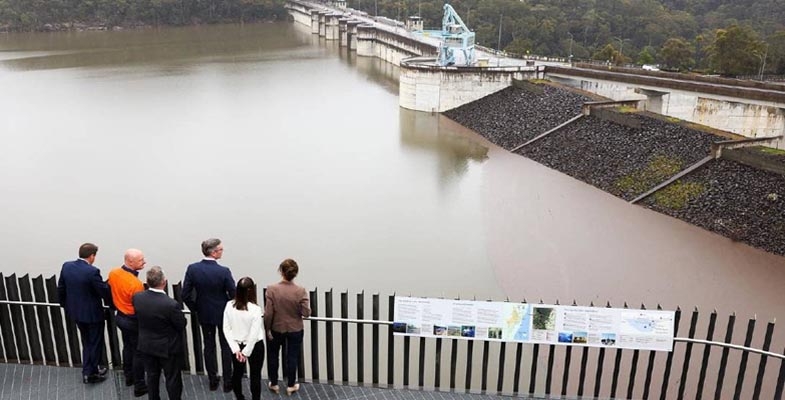Nothing has been happening with the Warragamba Dam wall raising proposal for some time. The idea was first raised by Premier Michael Baird in June 2016. The cost is prohibitive and the EIS has been roundly criticised for lack of detailed analysis of the impact on indigenous sites and biodiversity. Also the EIS relies upon biodiversity and cultural surveys conducted before the unprecedented wildfires of 2019–20.
The federal environment minister still has to give the go-ahead to a project that will damage the World Heritage Blue Mountains. There is no funding contribution promise from the federal government or commitment from the NSW Government.
Yet the premier, Dominic Perrottet announced suddenly in October that the project is declared to be critical state significant infrastructure. This apparently will be an election winner for the Liberal Government in western Sydney even though flood modelling shows that it will not solve the problem of inundation of some suburbs as much of the water comes from rivers that enter the Hawkesbury Nepean system below the dam wall.
Critical state development means it can progress more quickly through approval processes and will be more difficult to oppose in the courts.
The NSW Department of Planning and Environment is now reviewing further community input on the proposal to raise Warragamba Dam wall, following the release of WaterNSW’s response to submissions and a preferred infrastructure report. The response dismissed most of the concerns raised in the 2,500 submissions. It even opens the possibility for changing the World Heritage area boundaries, in an attempt to avoid Australia’s international obligations.
The report reveals that health officials mirrored the concerns of Sydney Water, saying they had:
…concerns for drinking water quality during the construction and operation of the flood mitigation works proposed.
The extra water held behind the raised dam wall was: ‘likely to affect water quality’ in the dam during periods of flooding because of ‘increasing turbidity, colour and organic material’ from new parts of the catchment.

